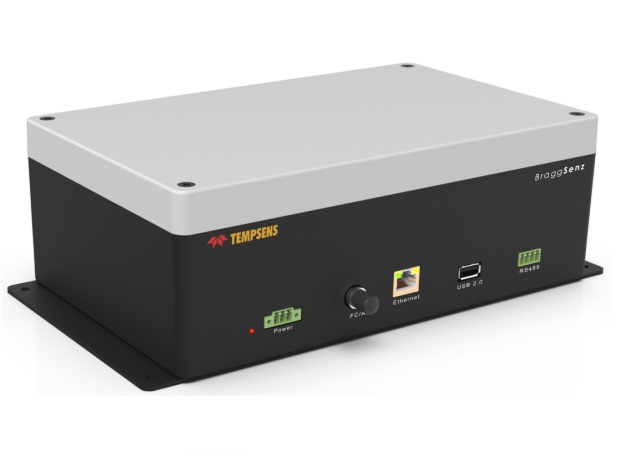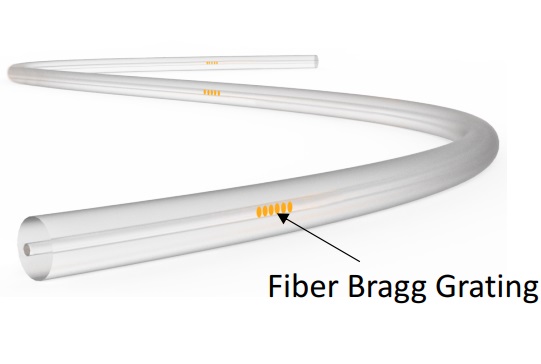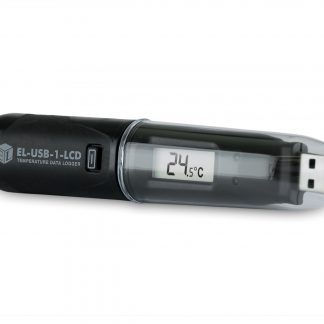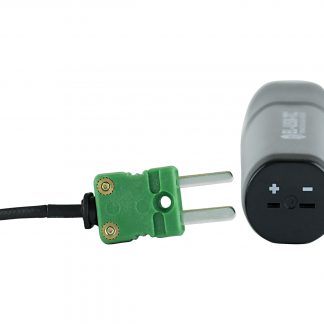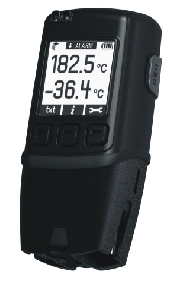Description
Fiber Bragg Grating (FBG) works as distributed Bragg reflector (DBR) build on an optical fiber with the help of periodic variation in refractive index of the single mode fiber core. When light is passed through the FBG it will reflect certain wavelength of light and transmits all other. When temperature or strain around Grating changes, shift in reflected wavelength is observed.
Features
- This technology enables multiplexing capability. In fact, several gratings can be written on a single optical fiber.
- Multiple parameters can be measured at same time such as temperature, strain, vibration etc.
- Single and multi-point sensing.
- Small and lightweight.
- High sensitivity and long-term reliability.
- Intrinsically safe operation.
- Ability to be used in harsh environment.
- Immunity to electromagnetic and RF interference
- Temperature measuring range: -20°C – 250°C, -20°C – 450°C, -20°C – 650°C
- No. of channels 4 (Max.)
- No. of FBGs per channel 1 (Min.), 20 (Max.)
- Length of grating 10-15 mm
- Sensor cable length Upto 500 m
- Fiber type SMF 28 e
- Fiber connector FC/AP
Applications
- Hydro power plant monitoring
- Tunnels and pipelines monitoring
- Petrol and gas exploration
- Medical industry
- Aerospace industrie
